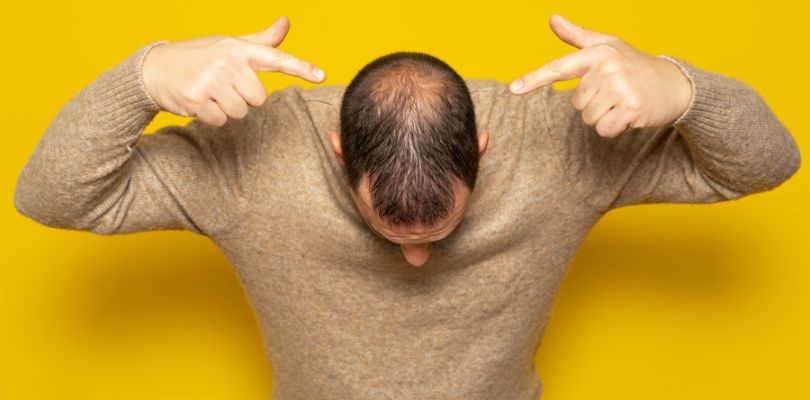Discover Both Medical and Natural Solutions
Alopecia is a condition that causes hair loss and can affect people of any age. This condition can be different for everyone, so it is important to know about the many treatment options available. Some treatments help slow hair loss, while others might encourage hair to grow again. In this article, we explore ten effective alopecia treatment options.
1. Litfulo
Litfulo is a medicine designed to treat severe alopecia areata in individuals aged 12 and older. It comes in the form of an oral capsule and is taken once a day. This treatment works by blocking specific proteins that play a key role in the inflammation that contributes to hair loss. By reducing inflammation and decreasing the attack on hair follicles, Litfulo helps create an environment where hair can regrow.
2. Minoxidil
Minoxidil is one of the most widely known treatments for hair loss. It is used by many people to help regrow hair or slow down further hair loss. The medicine usually comes as a liquid solution or foam that is applied to the scalp. Minoxidil works by boosting blood flow to hair follicles, which can help them become healthier and produce thicker hair.
3. Corticosteroids
Corticosteroids are medications that can reduce inflammation in the scalp and help hair regrowth in cases of alopecia. They can be given in different forms, such as creams applied directly to the skin, injections into the scalp or even pills. The main goal of using corticosteroids is to decrease the inflammation that might be causing the hair loss.
4. Platelet-Rich Plasma (PRP) Therapy
Platelet-rich plasma therapy is a newer treatment option that uses your own blood to help treat alopecia. A small amount of blood is drawn and then processed so that it has a high concentration of platelets. These platelets are then re-injected into the affected areas of the scalp. Platelets are known for their ability to help heal injuries and may support hair regrowth by promoting a healthy environment around the hair follicles.
Neuromyelitis optica spectrum disorder is a rare illness that causes inflammation of the spine. From risk factors to symptoms, here's what to know.
5. Topical Immunotherapy
Topical immunotherapy is a treatment that might seem unusual at first because it involves applying a chemical solution to the scalp. This solution is designed to create a mild allergic reaction on the skin, which can help stimulate hair growth. By causing an immune response, doctors believe that topical immunotherapy sends signals to the body that change the way the immune system is attacking the hair follicles.
6. Phototherapy
Phototherapy uses specific wavelengths of light to help stimulate hair growth and reduce inflammation. In this treatment, the scalp is exposed to light from a special lamp. The light is thought to encourage the hair follicles to become active again, leading to increased hair growth.
7. Acupuncture
Acupuncture is an ancient treatment practice that has been used for many health issues, including alopecia. It involves placing thin needles at specific points on the body to improve the flow of energy. Some people believe that acupuncture can help with hair loss by reducing stress and increasing blood flow to the scalp.
8. Anthralin
Anthralin is a chemical treatment that is sometimes used to treat alopecia, especially when it has an autoimmune component. It works by irritating the skin very slightly, which might help change the immune system’s response in the area where it is applied. Anthralin can be found in cream or ointment form and is often used for short periods to prevent excessive irritation.
9. Cryotherapy
Cryotherapy involves using very cold temperatures to treat the areas of hair loss. This treatment works by freezing the affected areas, which could help modify the local immune reaction that may be attacking the hair follicles. Cryotherapy is usually delivered in a controlled way by a professional.
10. Garlic Gel
Garlic gel is a natural treatment option that some adults try for alopecia. It's known for its anti-inflammatory and antimicrobial properties. When made into a gel and applied to the scalp, garlic may help improve circulation and reduce inflammation in the hair follicles. The strong smell and taste of garlic can be a drawback for some people, so it is usually mixed with other ingredients to make it more pleasant to use.







